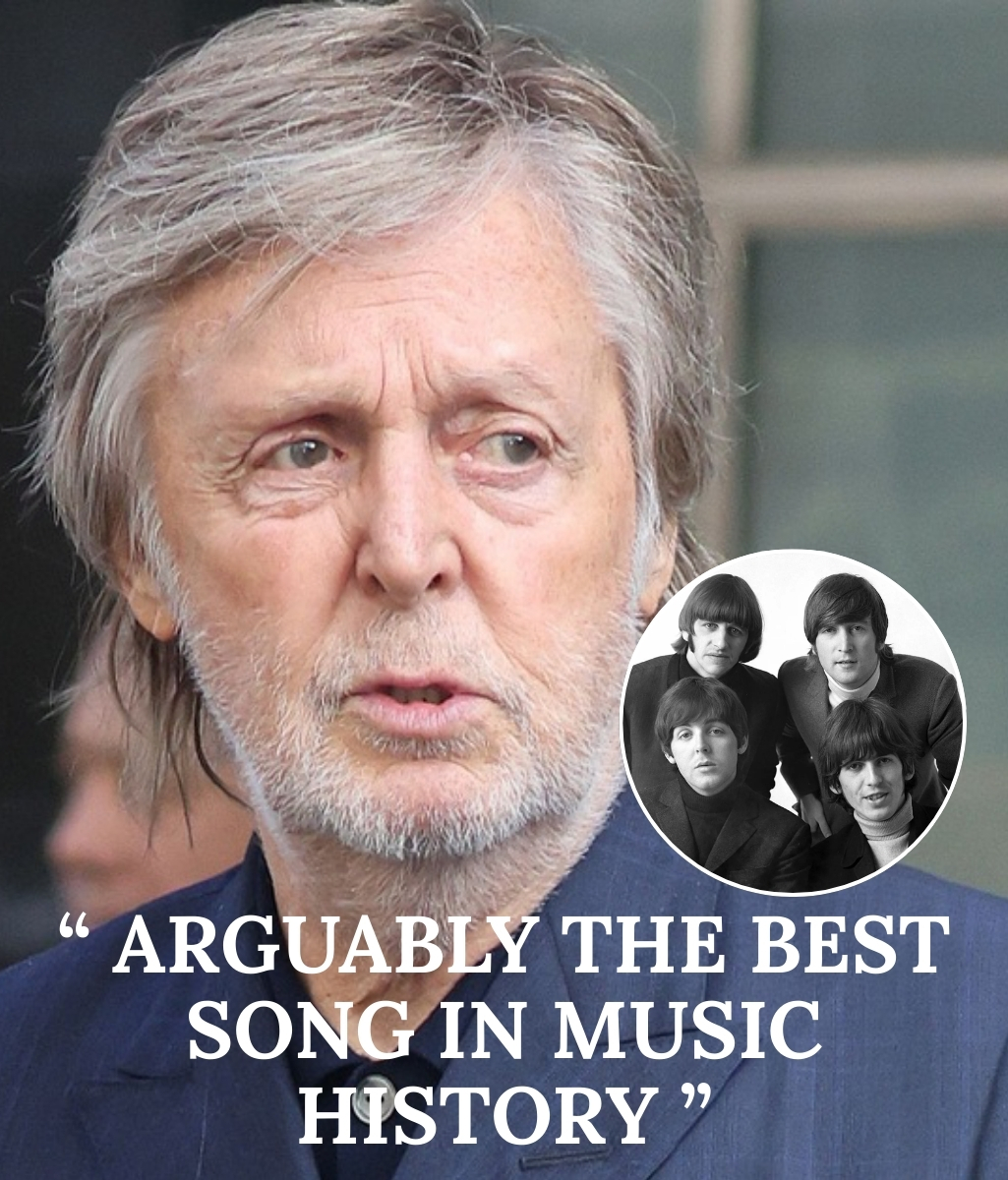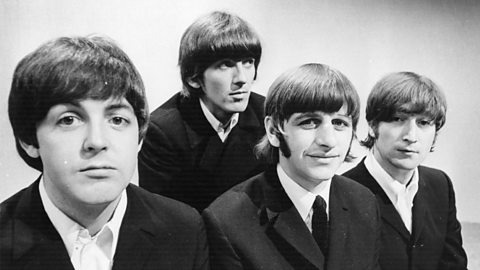
After more than six decades of carrying melodies that reshaped the world, Paul McCartney has finally revealed the five Beatles songs closest to his heart
For fans who have spent a lifetime wondering which of nearly 300 masterpieces written with John Lennon and his bandmates held the deepest meaning for him, the revelation feels almost sacred. Out of all the sessions, Paul confessed there was never “a dry moment” — but still, five remain like lighthouses in memory, guiding him back through the storm of time.
💬 “They weren’t just songs. They were moments of life itself,” Paul shared, his words heavy with the weight of years and joy.
The list begins with “Let It Be.” Born from a dream of his late mother, Mary, the song carried Paul through one of the most turbulent periods of The Beatles’ career. In the dream, Mary comforted him with the words, “Everything will be all right.” Out of that intimate vision came a hymn of hope that has since become universal. Paul’s choice reflects not only a personal anchor but also a reminder that music’s greatest power lies in its ability to heal.

Next is “Penny Lane,” a vivid portrait of the street from his childhood in Liverpool. It is more than nostalgia; it is a celebration of ordinary life transformed into art. Buses, barbers, nurses selling poppies — details that might have been lost to memory are now eternal, preserved in melody. For Paul, the song is a photograph that sings, a way of making his youth permanent.
The third on his list is “Yesterday,” a song so perfect in its simplicity that Paul once feared he had stolen it from some forgotten classic. The melody came to him fully formed in a dream, and for weeks he walked around playing it under the working title “Scrambled Eggs,” convinced it could not possibly be his own creation. Yet it was. Today, it remains one of the most covered songs in history, a testament to how some melodies feel like they always existed, waiting only for the right hands to give them voice.
Fourth is “A Day in the Life,” the closing track of Sgt. Pepper’s Lonely Hearts Club Band and perhaps the Beatles’ most daring experiment. A fusion of Lennon’s stark verses and McCartney’s buoyant interlude, the song remains, in Paul’s words, a symbol of “friendship and trust.” To him, it represents the alchemy of collaboration — proof that something larger than any one man was created when they worked together. It is not just a song; it is the sound of The Beatles at their most fearless.

Finally, Paul named “Here Comes the Sun,” George Harrison’s luminous contribution from Abbey Road. Written on a spring morning in Eric Clapton’s garden, the song still makes Paul smile. Its optimism, its delicate guitar lines, and its sense of renewal continue to bring light even decades later. By including George’s masterpiece, Paul acknowledges not only the brilliance of his bandmate but the shared joy that defined their bond.
Five songs. Five truths. Each carries with it a piece of Paul’s life: his mother’s voice, his childhood street, the haunting perfection of a dream-born melody, the courage of collaboration, and the warmth of a friend’s optimism. Together, they are more than a playlist. They are a lifetime in harmony.
For fans, the revelation is not only about favorites. It is about understanding the heart of a man who gave so much of his to the world. And as Paul McCartney approaches 83, the songs that once defined a generation still define him — reminders that music, at its best, is never just sound. It is memory, hope, and love, carried forever in song.